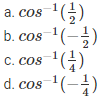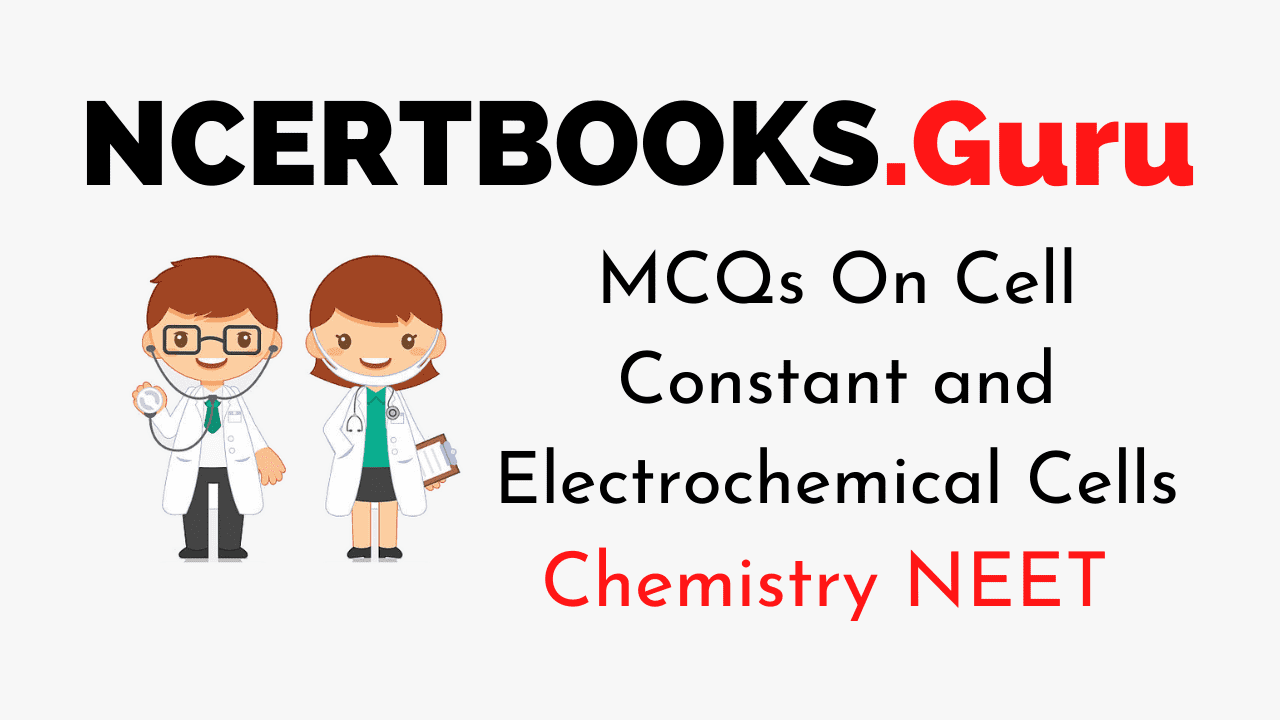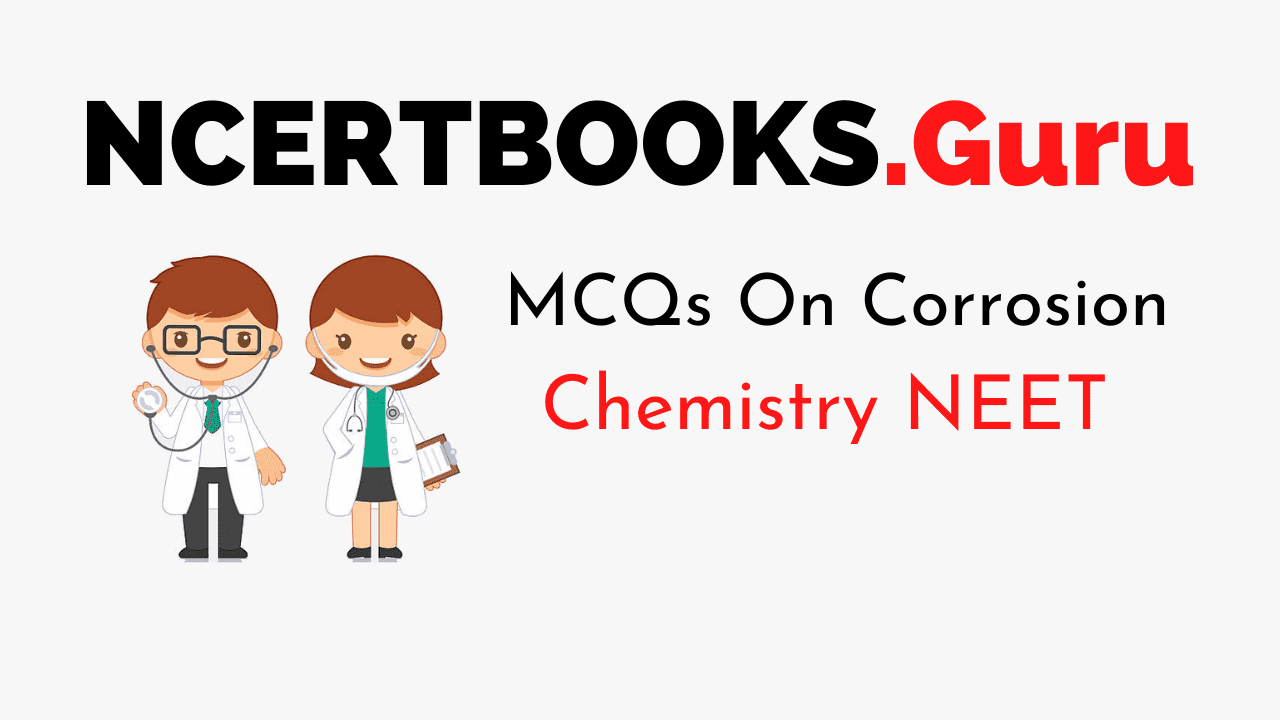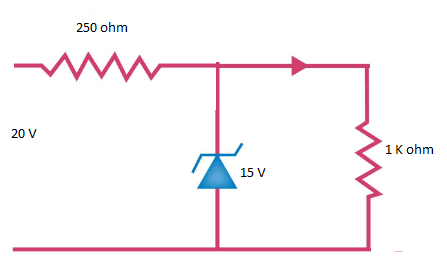NEET Chemistry is the scoring paper in the medical entrance examination. Here, you will discover the NEET Chemistry MCQ Questions for all Concepts as per the latest syllabus. Practice more on a regular basis with these NEET Chemistry objective questions on air pollution and improve your subject knowledge & problem-solving skills along with time management. NEET Chemistry Soil Pollution Multiple Choice Questions make you feel confident in answering the question in the exam & increases your scores to high.
MCQs on Soil Pollution
1. Which of the following serves as an indicator of atmospheric pollution?
(a) fern
(b) liverworts
(c) hornworts
(d) epiphytic lichens
Answer
Answer: (d)
2. In 1984, the Bhopal gas tragedy took place because methyl isocyanate
(a) reacted with ammonia
(b) reacted with water
(c) reacted with DDT
(d) reacted with CO2
Answer
Answer: (b)
3. Negative soil pollution is
(a) reduction in soil productivity due to erosion and overuse
(b) reduction in soil productivity due to addition of pesticides and industrial wastes
(c) converting fertile land into harden land by dumping ash, sludge and garbage
(d) None of the above
Answer
Answer: (a)
4. Air pollution that occurs in sunlight is
(a) reducing smog
(b) acid rain
(c) oxidizing smog
(d) fog
Answer
Answer: (c)
5. The layer of atmosphere between 10km to 50km above the sea level is called as
(a) troposphere
(b) thermosphere
(c) stratosphere
(d) mesosphere
Answer
Answer: (c)
6. The concentration of dissolved oxygen in cold water can go up to
(a) 14 ppm
(b) 8 ppm
(c) 10 ppm
(d) 16 ppm
Answer
Answer: (c)
7. The quantity of DDT at each trophic level in the food chain
(a) decreases
(b) remains the same
(c) increases
(d) changes
Answer
Answer: (c)
8. Formation of London smog takes place in
(a) winter during day time
(b) summer during day time
(c) summer during morning time
(d) winter during morning time
Answer
Answer: (d)
9. Brewery and sugar factory waste alter the quality of a water body by increasing
(a) temperature
(b) turbidity
(c) pH
(d) COD and BOD
Answer
Answer: (d)
10. In a coal-fired power plant electrostatic precipitators are installed to control the emission of
(a) SO2
(b) NO2
(c) SPM
(d) CO
Answer
Answer: (c)









